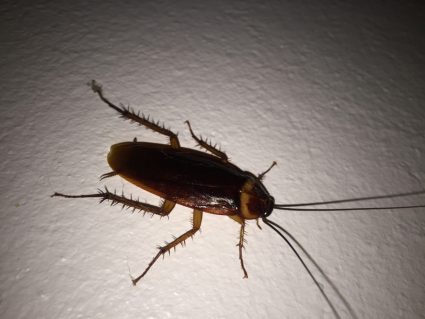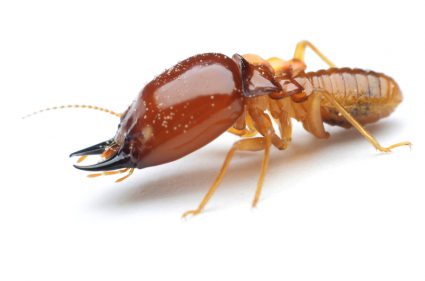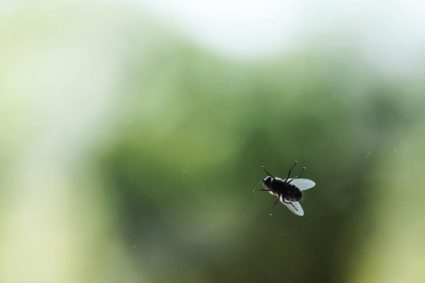
Summer is here, and with it comes the joy of outdoor activities, barbecues, and soaking up the sun. However, it’s not all fun and games, especially if you have pets. The warmer months also bring an increased risk of flea infestations. But why are fleas worse in the summer? Let’s dive into the details.
Fleas are worse in the summer because the warm temperatures and high humidity provide ideal conditions for their rapid reproduction and development. Additionally, increased outdoor activity of both pets and wild animals that carry fleas contribute to their spread. Therefore, flea populations and potential infestations surge during the summer months.
Understanding Flea Behavior
Fleas are tiny, blood-sucking parasites that can cause a range of issues for pets and their owners. They are more prevalent in the summer due to several key characteristics and environmental factors. Fleas thrive in warmer climates and are particularly favorable to humid conditions. The ideal temperature for fleas ranges from 75° to 85° F and around 90% humidity.
Additionally, animals that carry fleas, such as possums, raccoons, mice, and rats, are more active during the summer months, increasing the flea population that pets are exposed to outdoors. Fleas are highly adaptable and can withstand unfavorable conditions. They can live for many days without food and are always found close to their hosts.
The Role of Humidity and Temperature
During summer, the climate significantly affects the life cycle and reproduction of fleas. Warm temperatures and high humidity accelerate the development of flea eggs, larvae, and pupae, leading to a faster life cycle and increased flea populations. Fleas thrive in temperatures ranging from 70 to 85 degrees Fahrenheit (21 to 29 degrees Celsius). In ideal summer conditions, flea eggs can hatch in as little as one week.
Increased Outdoor Activity and Flea Spread
Increased outdoor activity during the summer contributes to the spread of fleas in several ways. Pets spend more time outdoors and are more likely to come into contact with other animals, which may carry fleas. Fleas can jump from one animal to another and multiply quickly. Additionally, pets often rest in shaded areas outdoors, which are prime spots for fleas and ticks.
Potential Consequences of Flea Infestations
An increase in flea populations during the summer can have several potential consequences for both humans and animals. Fleas can transmit various diseases to humans and animals, including flea-borne typhus and tapeworms. Flea infestations can also lead to flea bite anemia in young or small animals, such as puppies and kittens. This occurs when fleas feed so much on these animals that their red blood cell count decreases, potentially leading to a medical emergency or even death if left untreated.
Preventive Measures
To prevent flea infestations during the summer, it is essential to maintain a consistent flea prevention routine for your pets. This may include using flea preventatives such as spot-on treatments, sprays, or oral medications, limiting the time your pet spends outdoors, and regularly checking your pet for fleas.
Additionally, maintaining a clean environment by vacuuming carpets, rugs, and furniture, washing pet bedding, and treating your yard to reduce flea populations can help to minimize the risk of flea infestations.
In conclusion, the summer months provide the perfect conditions for fleas to thrive, leading to an increase in flea populations and potential infestations. By understanding the factors that contribute to this increase and implementing effective prevention measures, pet owners can protect their pets and their homes from the discomfort and potential health risks associated with fleas.
Frequently Asked Questions
Can fleas survive indoors during winter?
Yes, fleas can survive indoors during winter. Fleas are resilient parasites that can thrive in indoor environments, especially if there are warm and humid areas. They can live on pets and in carpeting, upholstery, and bedding, where they can continue their life cycle.
How can I tell if my pet has fleas?
There are several signs that your pet may have fleas. These include excessive scratching, licking, or biting at the skin, hair loss, flea dirt (small dark specks), and seeing the fleas themselves, which are small and dark.
Can humans get fleas from pets?
Yes, while fleas prefer to feed on pets like dogs and cats, they can also bite humans. However, they can’t live on humans as they can on pets.
What are some natural ways to prevent flea infestations?
Some natural ways to prevent flea infestations include regularly washing your pet’s bedding, vacuuming your home frequently, and using natural flea repellents such as cedar chips in your yard or essential oils that are safe for pets.
Can fleas cause health problems for humans?
Yes, though rare, fleas can transmit diseases to humans. Flea bites can also cause allergic reactions, resulting in itchy, red bumps. In severe cases, if the fleas are carrying a disease, they can transmit conditions like typhus or even plague.












